
Behind every smooth user journey is a content designer shaping the words, structure, and flow. Here’s how they do it.
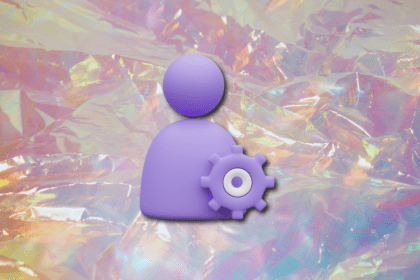
Whether you’re already managing UX teams or eyeing the leap, this guide shows what the job really entails — and how to thrive without losing sight of the users.
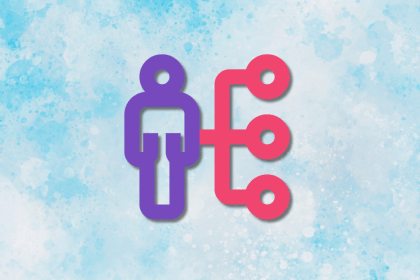
Specialization can make you valuable — or vulnerable. Explore how to build breadth in your design career before you’re forced to pivot.
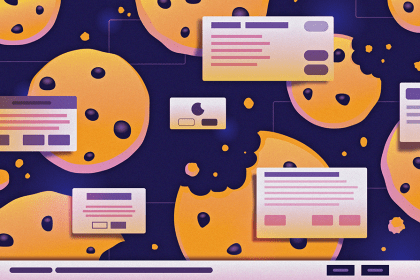
How cookie banners are implemented can affect a user’s experience. Learn how to create a perfect, nonobtrusive cookie banner.
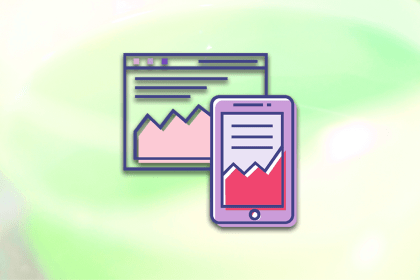
One new design trend is neumorphism. It mixes the effects of minimalism and realism to create interfaces that are easy to comprehend.

UX isn’t just about pretty screens anymore. It’s about shaping how AI systems behave, respond, and earn user trust.

This one’s for designers stuck in low-maturity orgs. Learn how to survive, drive change, and spot the red flags early.

The future of design is here, and Figma is leading it. Get ahead of the curve with Make, Sites, and more. Here’s how to take action now.
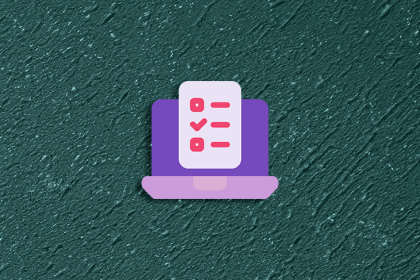
Here are ten great options for usability testing and what you should consider if you’re willing to invest in a usability testing tool.
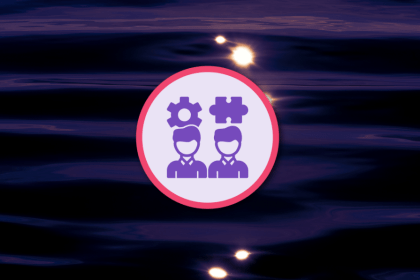
If you’re tired of jumping between tools, here are the ones that’ll make ideation, prototyping, and feedback feel like a flow.

Atomic design provides a structured way of building up complex UIs from basic building blocks and components.
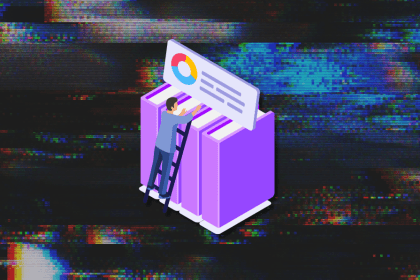
Promotions don’t just happen. I had to stop waiting, start asking, and rethink what “senior” really means. Here’s how I finally moved forward.